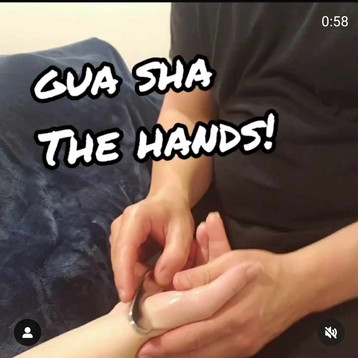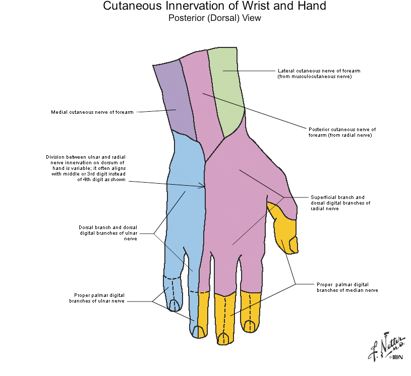Learning to take care of your hands/forearms is extremely important because once you have issues and pain develop in these areas it can often be trickier to recover since its hard to let them rest.
Today we will review more great ways to improve recovery and avoid injuries and learn some general pathologies to identify your existing issues if pain/tingling is already present.
Cupping Therapy
Cupping Therapy or massage cupping is a fantastic and easy way to perform self-massage and can be done in a variety of ways. While it has all the same benefits of traditional massage I find all the benefits are severely amplified.
Benefits of cupping therapy include:
Deep and thorough fascial work/release.
Help relax overworking muscles.
Dramatically boost circulation and stimulate the lymphatic system by vasodilating the veins and arteries.
Break apart scar tissue and adhesions.
Did you know Level Up Massage now offers Cupping Self-Care courses for the general public! Check out all the details below:
Learn about the Cupping for Self-Care Class: Class Page
Continuing Education Schedule: CE Schedule Page
Gua Sha
Much like traditional massage and cupping therapy, Gua Sha is another method to easily boost blood flow, stimulate the lymphatic system and break apart scar tissue/adhesions.
When performed, depending on the depth, it can break apart scar tissue and adhesions leading to decreased pain and increased range of motion. This also sets off alarms for the nervous system and it treats the site like a temporary acute injury which will rush in blood leading to faster recovery. Check out these demos below
P-DTR
Proprioceptive Deep Tendon Reflex therapy utilizes muscle testing to find out how the body compensates. This could be due to physical, chemical or emotional trauma causing muscles to become overactive or underactive leading to pain and dysfunction.
Often the nervous system will make these muscles compensate to help you avoid a potential injury and recover from a current one. This however can lead to things like nerve entrapment and pain in other areas. People who often experience pain in the elbow or perhaps numbness and tingling of the hand may have symptoms associated with these compensations.
Be sure to seek a professional who is trained in this technique if you find you're struggling with recovery or feeling symptoms of nerve entrapment.

MOST IMPORTANTLY..... Rest
As great as everything in these past 2 blogs has been you need time for your tissue to properly recover. You can do everything in your power to: bring in blood, break apart rigid tissue, strengthen underactive muscles and more, but your tissue needs time to rebuild.
Ensure you have a proper rest day for your hands/forearms and be sure to get enough sleep and nutrients. When we asleep our body and mind has an opportunity to recover from the day's use. Try and get 7-8 hours.

Pathologies specific to forearms and hands
There are many pathologies related to the forearms and hands and we will very briefly go over a few well known ones.
Tennis Elbow and Golfers Elbow:
Tennis elbow is when there is pain/overuse around the outside of the elbow. Golfers Elbow is when pain is felt on the inside of the elbow. These are often considered overuse injuries to the tendons that attach at these sites caused by the muscles in the forearm. However, this can also be related to nerve entrapment or general instability of the elbow.

Carpal Tunnel Syndrome:
The carpal tunnel is a narrow passageway on the palmar side of the wrist that allow many ligaments, nerves, blood vessels and more to pass through. Carpal Tunnel Syndrome is when there is a compression on the nerves within the carpal tunnel leading to a radiating pain in the wrist. While some doctors recommend surgery I highly encourage you to work on the muscles, use nerve flossing, and try P-DTR to find and alleviate the overactive muscles compressing the nerves. The most common muscle of impingement for this site is pronator quadratus overworking causing compression on the nerves.

General Nerve Entrapment
Nerve entrapment often comes though as numbness and tingling in the hands. Depending where it is felt can determine which nerve is entrapped. Often the best scenario for this is to use muscle testing and figuring out the site of impingement, this only works when the entrapment is being caused by muscles though and can occur anywhere between the neck and the hands.
Diagram below:
Blue: Ulnar Nerve:
Orange: Median Nerve
Magenta: Radial Nerve
Schedule Your Bodywork Session Today:
Learn more about P-DTR here:













Comments